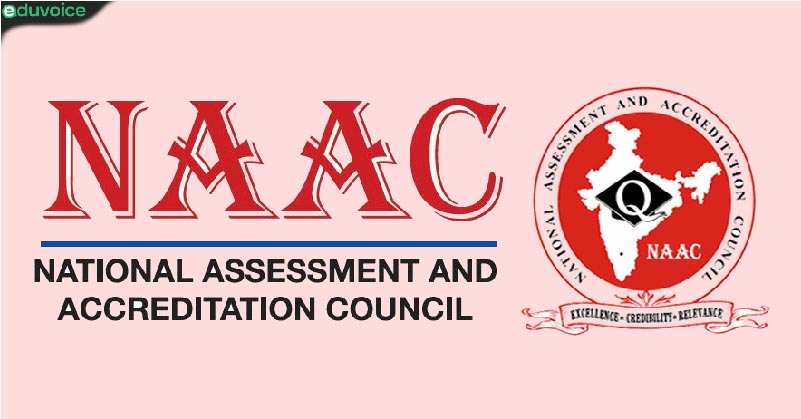The Controversy Over NAAC’s System For Assessing Higher Education, which carries out quality checks or assessments of Indian Higher-level Educational Institutions (HEIs), courted controversy recently over the rating of the Maharaja Sayajirao University of Baroda and allegations of bribery in the process.
When the NAAC released the ratings, the institute’s score changed from A to A+ on the back of improvement across parameters. The allegations have surfaced at a time when the NAAC is exploring changes in its approach.
The NAAC, an autonomous body under the University Grants Commission (UGC), assesses and certifies HEIs with gradings as part of accreditation. Through a multi-layered process, a higher education institution learns whether it meets the standards of quality set by the evaluator in terms of curriculum, faculty, infrastructure, research, and other parameters. The ratings of institutions range from A++ to C. If an institution is graded D, it means it is not accredited.
How is the accreditation process carried out?
In a recently-published white paper, co-authored by NAAC executive committee chairman Bhushan Patwardhan and former Indian Institute of Science Education and Research professor KP Mohanan, the current approach has been described as “input-based”. In other words, NAAC relies heavily on self-assessment reports of applicant institutions.
The first step has an applicant institution submitting a self-study report of information related to quantitative and qualitative metrics. The data is then validated by NAAC expert teams, followed by peer team visits to the institutions. This last step has sparked controversy.
What is the latest controversy about?
NAAC had reportedly withheld the grading of the Maharaja Sayajirao University of Baroda after receiving an anonymous complaint that the university unduly tried to influence the peer review team with gold, cash, and other favours
However, on September 15, NAAC released the improved grading, terming the allegations as “false”. Interestingly, the controversy has surfaced at a time when the council is considering reducing the role of the peer team visits in the overall scheme of things. “The process of Peer Team Visits adds substantial effort on the part of both NAAC’s System and the HEIs. Hence, we recommend that the role of Peer Team visits be facilitatory in nature and not have a significant weightage in assessment and accreditation,” according to the white paper published on July 13 following its review and endorsement by the NAAC academic advisory committee and the advisory council.
What are the alternatives being explored?
From the prevailing “input-based” approach, the NAAC plans to adopt an “outcome-based approach”. The white paper states the current system is akin to accepting the claim of a Ph.D. candidate that his thesis is of high quality. Instead, it suggests that emphasis should be on finding out if students are equipped with relevant skills and academic abilities.
For More Such Articles, News Update, Events, and Many More Click Here






